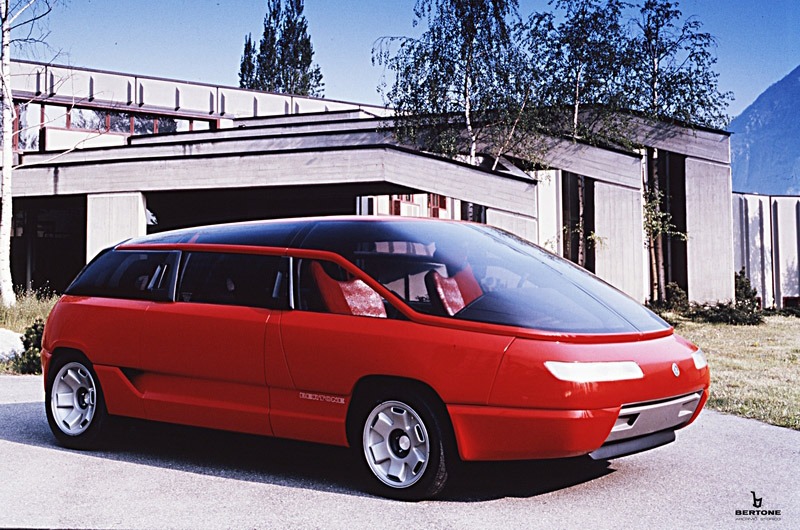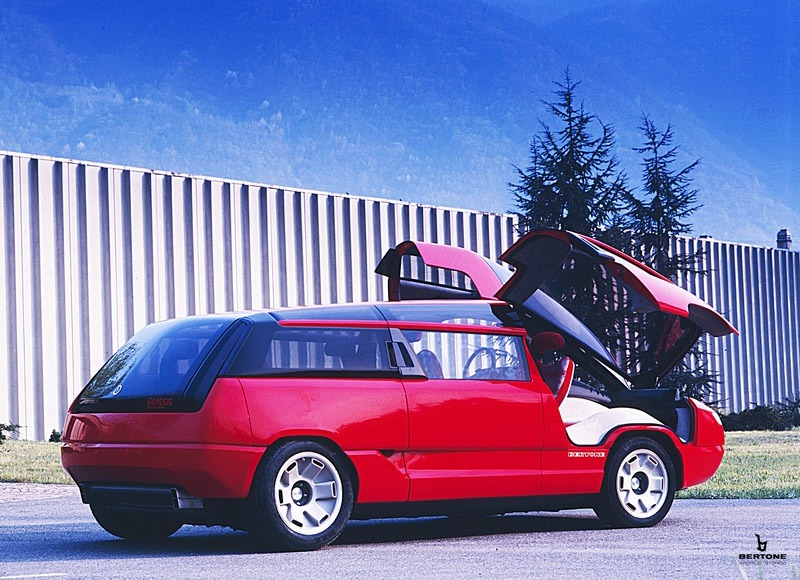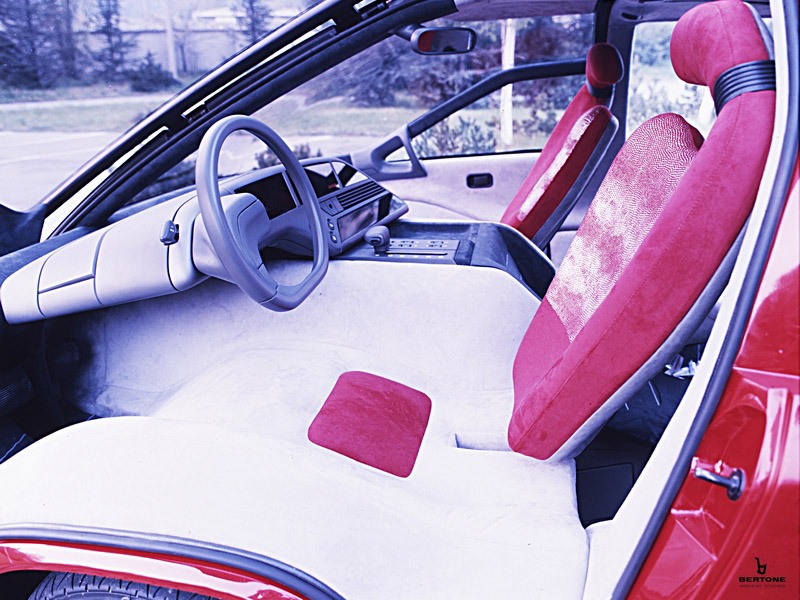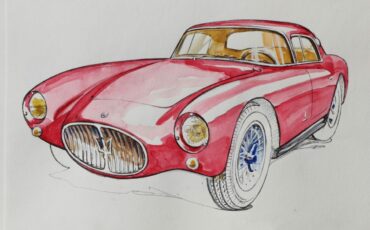
In the illustrious history of Lamborghini, one standout gem that often goes unnoticed is the Lamborghini Genesis, a visionary concept car born from the creative prowess of Bertone‘s Caprie Style Centre. Unveiled at the 1988 Turin Motor Show, the Genesis was not just an automobile; it was a bold exploration of the future of automotive design, pushing boundaries and defying conventions.
Design Incubation and Conceptualization
Under the guidance of Marc Deschamps, the Lamborghini Genesis emerged as a conceptual marvel, a prototype that transcended the limitations of its time. Unlike traditional design approaches, the Genesis embraced intuition, interpreting the search for a new dimension in automobiles through the lens of creativity rather than conforming to prevailing technical and design trends.
Powerful Heart and Futuristic Vision
At its core, the Lamborghini Genesis boasted a robust 455 Hp Lamborghini Countach V12 engine, a powerhouse that echoed the marque’s legacy of high-performance vehicles. Paired with a 3-speed TorqueFlite automatic transmission, the Genesis exuded power and sophistication, transferring its might to the rear wheels with thrilling precision.

Unique Design Elements
What set the Genesis apart were its revolutionary design elements. The prototype was envisioned as a people-carrier, capable of accommodating four to six passengers. The large, entirely glazed greenhouse not only provided an expansive view but also contributed to the feeling of openness within the vehicle. The innovative use of space was complemented by the unconventional door configuration – two front doors hinged on the central pillar of the windscreen and rear sliding doors.
Provocative Design and Comfort Fusion
Bertone’s vision for the Genesis was deliberately provocative, anticipating a future where changing human needs required innovative design solutions. The sports car concept seamlessly blended high performance and an exciting aesthetic with criteria of spaciousness and comfort. Recognizing a shift in car owners’ preferences towards increased comfort, the Genesis presented itself as a captivating, fast, and comfortable “road jet.”
The Unfulfilled Destiny
While the Lamborghini Genesis embodied the future of automotive design, it faced challenges in translating its vision into reality. Weighing approximately 1,800 kg and featuring shorter ratios from the 3-speed automatic transmission of Chrysler origin, the Genesis was notably slower than the iconic Countach. Unfortunately, the concept never progressed beyond the prototype stage, remaining a tantalizing vision of what could have been.

Legacy in the Bertone ASI Collection
Today, the Lamborghini Genesis stands as a testament to the daring spirit of innovation that characterized the late 20th century. Preserved within the Bertone ASI Collection, this futuristic concept car serves as a reminder of the creative audacity that drives the automotive industry forward. While it never graced the streets in a production form, the Lamborghini Genesis remains a revered piece of automotive history, a symbol of what happens when imagination and engineering collide in pursuit of the extraordinary.


